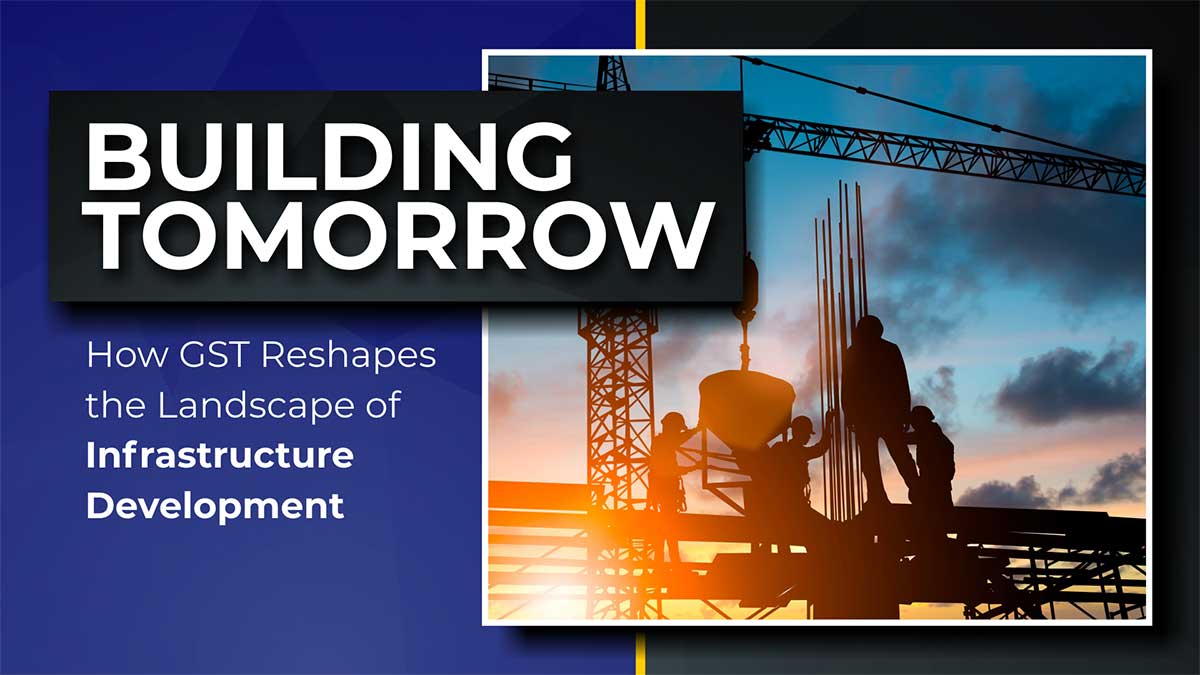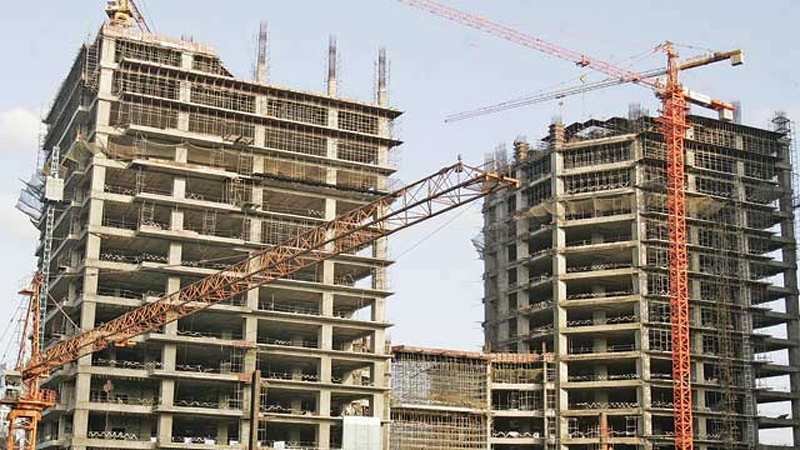
Explore the pivotal role of the Indian infrastructure industry in propelling the nation’s economic ambitions, particularly the $1.3 trillion Gati Shakti master plan. Uncover the impact of the Goods and Services Tax (GST) and Indirect Taxes on the sector, with insights into streamlined tax structures, increased compliance costs, and the delicate balance between challenges and opportunities. As the industry cautiously adopts GST, ongoing dialogue and collaboration between stakeholders and policymakers emerge as crucial factors in ensuring a smooth transition and sustained growth.
The Role of Indian Infrastructure in a $5 Trillion Economy
The Indian infrastructure industry stands as a linchpin in propelling the nation toward its ambitious goal of becoming the third-largest economy. With a strategic focus on enhancing efficiency and reducing costs, the government, under the leadership of Prime Minister Mr. Narendra Modi, recognizes infrastructure as a crucial pillar for fostering good governance across sectors. The sector’s recent growth is evident in the US$ 1.3 trillion national master plan, Gati Shakti, designed to bring systemic and effective reforms to the industry.
Infrastructure development is a key driver of India’s overall economic growth, encompassing power, bridges, dams, roads, and urban infrastructure. It acts as a catalyst, fostering the growth of allied sectors such as townships, housing, and construction projects. To reach the ambitious target of a US$ 5 trillion economy by 2025, the government has launched initiatives like the National Infrastructure Pipeline (NIP), ‘Make in India,’ and production-linked incentives (PLI) to augment the growth of the infrastructure sector. Public Infrastructure consumes a lot of public resources, and GST is a key driver for all policymakers, whether the central or state governments.
Dive into the impact of GST on India’s infrastructure, addressing increased compliance costs, tax structures, and the role of indirect taxes.
GST’s Ripple Effect on India’s Ongoing Infrastructure Projects
The implementation of the Goods and Services Tax (GST) has brought both challenges and opportunities to the infrastructure sector. With contracts often spanning years, ongoing projects are susceptible to the impacts of this new tax reform. The shift to a uniform tax rate under GST has streamlined construction contracts, eliminating the tax-on-tax cascading effect and introducing the concept of an input tax credit.
While GST has resolved the long-standing issue of whether Construction contracts should be treated as separate goods or service contracts, challenges persist due to the complexity of infrastructure contracts. The effective tax incidence for construction contracts now stands at a higher rate of 18%, impacting activities that were previously exempt from service tax. The sector must grapple with the potential benefits of input tax credits against the higher GST rate and consider renegotiation possibilities for existing contracts. The majority of the infrastructure contracts are tendered by Government companies/departments, and GST costs need to be negotiated well with them, especially for ongoing contracts. Huge litigation has been cast on the HAM road projects due to confusion and silence at all levels of the GST council. This needs to be resolved soon for this industry to survive the blow.
GST has simplified compliance by replacing multiple indirect taxes, but it has also led to increased compliance costs for construction companies. Easy compliance was a major promise of GST. However, Registration in multiple states, which was the issue under the old indirect tax regime, has continued under GST as well, which has its major challenges. This needs to be looked into by the council closely. The tax rates on essential components such as cement further contribute to the overall impact on construction costs.

An Insider’s Perspective on India’s Infrastructure Tax Overhaul by Rupang Desai Indirect Tax Head – Asst General Manager – Montecarlo Ltd
Simplified Tax Structure:
GST has streamlined the tax system, replacing multiple taxes with a unified structure. This simplification is expected to enhance transparency and reduce bureaucratic hurdles in the infrastructure sector.
Cost Concerns: However, there are apprehensions about a potential increase in the cost of goods and services used in construction due to GST. This impact could affect project budgets and overall infrastructure development.
Credit Restrictions and Compliance Costs: Ambiguity surrounding credit restrictions and compliance costs has created uncertainty. Addressing these concerns is crucial to ensuring a smooth transition and minimizing disruptions in the infrastructure projects.
Caution in Adoption: The industry is adopting a cautious approach as it navigates through the evolving landscape of GST. This cautious stance reflects the need for a careful assessment of the long-term implications of the tax reform on infrastructure development.
Dialogue and Collaboration: Ongoing dialogue between industry stakeholders and policymakers is essential. This collaboration can help address concerns, refine the GST framework, and ensure that the tax system acts as a facilitator rather than a hindrance to the growth of the infrastructure sector.
Balancing Challenges and Opportunities: As the industry grapples with the complexities of GST, balancing the challenges with the opportunities is crucial. It remains to be seen how the positive aspects of GST will prevail, contributing to the sustained and robust development of the Indian infrastructure landscape.
